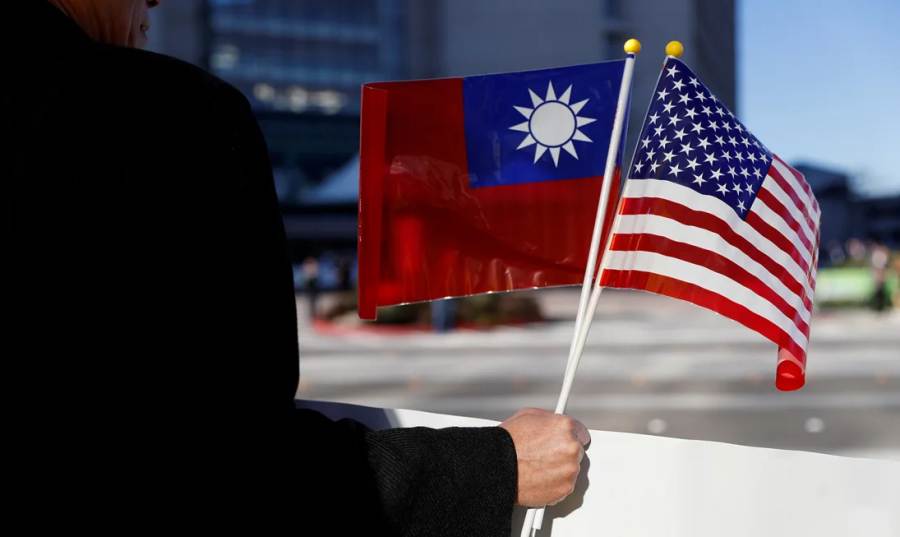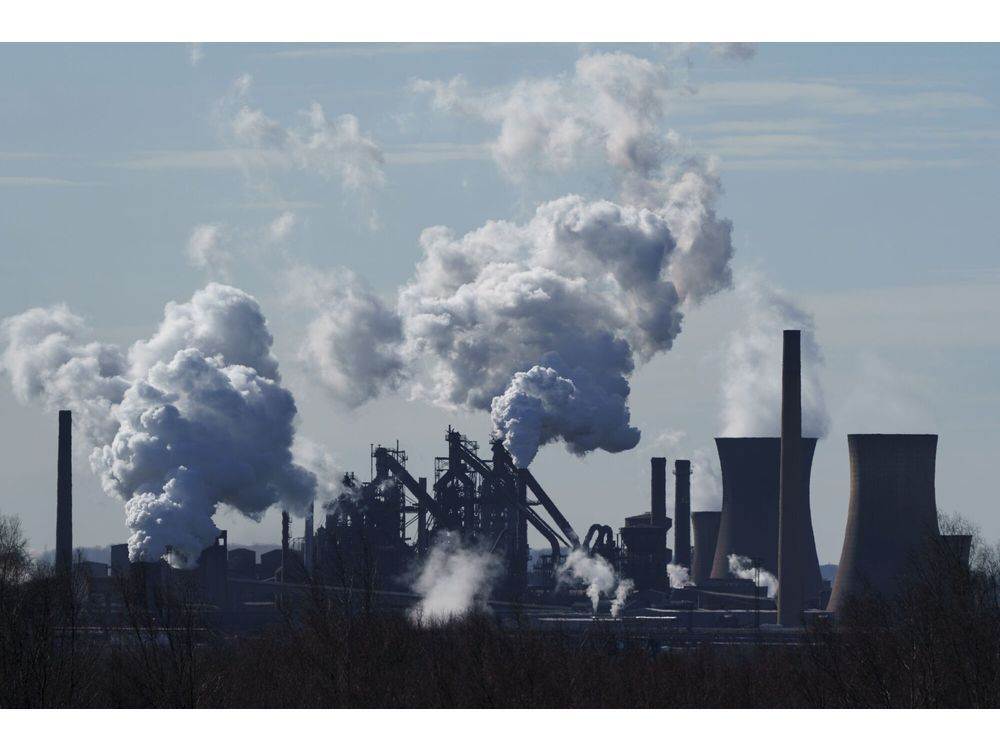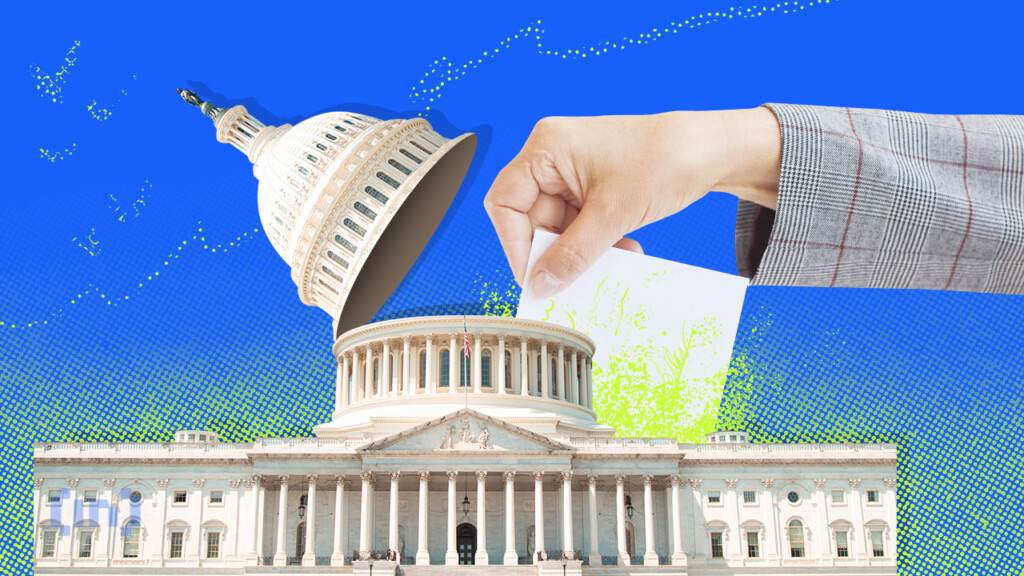Tag Archives: billion
01
Nov
U.S. Approves $2 Billion Arms Sale to Taiwan, Drawing Sharp Criticism from China
NASA Space Technology TAIPEI, Taiwan – The United States has approved a $2 billion arms sale to Taiwan, marking a significant enh...
25
Oct
The $2 billion election betting craze, explained
Politics tamfitronics Who’s going to win the presidential election?My answer, as a journalist writing about politics who gets ask...
04
Oct
UK to Spend £22 Billion on Carbon Capture Sites as Costs Rise
Technology tamfitronics The UK recommitted to a major investment in carbon-saving technology even as rising costs mean it will only be ...
15
Sep
Crypto’s $1 Billion Involvement in 2024 Elections Reshapes US Politics
Politics tamfitronics The 2024 US elections are seeing unprecedented levels of crypto involvement, with over $1 billion funneled into t...






 Hot Deals
Hot Deals Shopfinish
Shopfinish Shop
Shop Appliances
Appliances Babies & Kids
Babies & Kids Best Selling
Best Selling Books
Books Consumer Electronics
Consumer Electronics Furniture
Furniture Home & Kitchen
Home & Kitchen Jewelry
Jewelry Luxury & Beauty
Luxury & Beauty Shoes
Shoes Training & Certifications
Training & Certifications Wears & Clothings
Wears & Clothings




